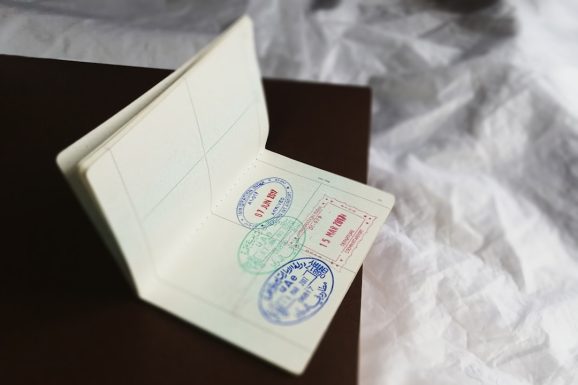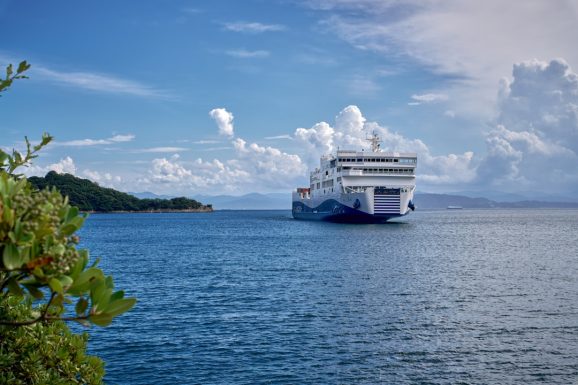When building systems that rely on user-entered location data—such as ecommerce platforms, logistics systems, or customer directories—developers and data architects must contend with address data from various political, geographic, and military contexts. While most countries and their addressing systems fall under standardized rules, edge cases like islands, territories, and military addresses (such as APO/FPO) require specialized handling to ensure reliability, deliverability, and compliance. Ignoring these nuances can result in failed deliveries, lost items, and compromised user experiences.
Understanding the Complexity of Non-Standard Country Addresses
All Heading
At first glance, it might seem unnecessary to differentiate between a mainland address and an island address, or between a U.S. state and a U.S. territory. However, the reality is that these label differences often come with unique geopolitical, logistical, and postal handling guidelines. These edge cases introduce layers of complexity that need to be accounted for in any robust address system.
1. Islands Within a Country: Geographic Isolation Matters
Islands can technically belong to a country but maintain unique considerations due to their isolation. Delivery service limitations, time delays, and jurisdictional governance all contribute to why islands must be treated differently from mainland addresses. For example:
- Hawaii (USA): Although a U.S. state, Hawaii’s shipping times differ significantly from the contiguous states.
- Canary Islands (Spain): Autonomous and geographically distant, yet forming part of the EU’s VAT-exempt zones, leading to customs-related differences.
- French Polynesia (France): An overseas collectivity, often requiring different customs documentation than mainland France.
These distinctions necessitate the ability to tag and process island addresses differently during checkout or while determining shipping estimates.

2. Territories and Dependencies: Not Quite Independent
Territories differ from islands in the sense that their legal status and association with a sovereign nation can be highly variable. Many territories do not enjoy the full privileges or responsibilities of independent countries, which directly impacts package routing, tax handling, trade laws, and more. Some prominent examples include:
- Puerto Rico (USA): A commonwealth of the U.S., using “PR” as its state designation and adhering to U.S. postal codes, but still subject to international shipping restrictions by some carriers.
- Guam: A U.S. territory in the western Pacific, part of the domestic U.S. mailing system yet universal carriers often treat it as international for cost and customs purposes.
- Greenland (Denmark): Geographically part of North America but governed by Denmark; handled differently in databases and often excluded from the EU customs union.
Recognizing these territories in your address model often involves incorporating hierarchical data attributes, such as “Territory of,” “Administered by,” or ISO subdivision codes, to maintain consistency.
3. Military Addresses (APO/FPO/DPO): Behind the Shield
Armed Forces addresses, commonly known as APO (Army Post Office), FPO (Fleet Post Office), and DPO (Diplomatic Post Office), represent some of the most misunderstood edge cases. These designations appear different from standard mailing formats yet are an essential part of reliable postal systems for U.S. military and embassy personnel stationed abroad. Addressing format typically includes:
- Name: Recipient’s name as usual
- Address Line 1: Unit or Box number
- Address Line 2: APO/FPO/DPO + region (e.g., AP for Asia Pacific)
- State: Armed Forces AE (Europe), AP (Pacific), or AA (Americas)
- ZIP Code: 5-digit ZIP format akin to U.S. domestic addresses
Despite looking international, these are treated as domestic U.S. mail by the USPS. However, issues arise when ecommerce systems block military addresses for “international” validation or shipping tools apply improper customs rules. To avoid this, businesses must establish logic that properly maps APO/FPO/DPO as U.S. destinations under special handling rules.

Technical Considerations for Addressing Edge Cases
Designing a data architecture that supports local and edge addresses requires careful thought. Here are some guidelines for developers and system architects:
Use Standards but Extend for Practicalities
International standards like ISO 3166-1 (for country codes) and ISO 3166-2 (for subdivisions) provide a solid base. However, these standards don’t always reflect real-world logistics implications. For instance:
- ISO recognizes “PR” as a U.S. subdivision, but shipping carriers may internally treat it as international.
- Greenland is part of Denmark by ISO codes but has customs regulations akin to international destinations.
Systems should implement custom classifications such as a “Shipping Zone Override” or “Postal Service Type” to flag these cases.
Validate with Awareness
Address validation tools must do more than ensure that a country and ZIP code match. They should:
- Recognize known military address formats and not reject them as invalid.
- Distinguish between “unincorporated territory” and “country” when determining shipping rules.
- Offer context-sensitive error messages (e.g., advising longer delivery times for remote islands).
Maintain a Flexible Address Schema
One-size-fits-all doesn’t work for edge case addresses. Systems should allow for flexibility by including:
- Fields like “Region Designation” to contain values like FPO/AP or “Caribbean Netherlands.”
- A toggle for “Customs Required” even within same-country addresses.
- Multilingual support for names and locality recognition in native terms.
Real-World Consequences of Mishandling Edge Addresses
Failing to handle edge addresses correctly is not just a technical issue—it can negatively impact customers and business operations significantly. Consider these potential consequences:
- Failed Deliveries: If a retailer uses an automated system that categorizes Guam as international, customers may be charged exorbitant fees or denied shipping entirely.
- Legal Liabilities: Mislabeling goods exported to French overseas territories could result in regulatory fines or seizure due to incorrect customs documentation.
- User Frustration: Military families relying on APO/FPO addresses may find your checkout system denies them access, creating a poor user experience and loss of customer trust.

Best Practices for Address Edge Case Management
To mitigate issues linked to non-standard addresses, organizations should implement the following best practices:
- Periodically update address parsing libraries to support recent geopolitical changes.
- Partner with international shipping consultants to understand implications of operating in territories and islands.
- Include customer service alerts triggered by specific address detection (e.g., informing a user in the Canary Islands about extended delivery times).
- Test regularly with address data from known edge-case regions to ensure consistent behavior.
Conclusion
Addressing islands, territories, and military installations is more than just adding a few extra lines to your forms. These regions pose legitimate logistical, legal, and technical challenges that must be taken seriously across payment systems, shipping platforms, APIs, and UIs. Building for inclusivity ensures your address systems don’t inadvertently isolate users based on where they live or serve. Being diligent with these address edge cases demonstrates commitment to user-centric design, operational excellence, and global scalability.









![List of The Best Recurring Billing Software [Updated List] List of The Best Recurring Billing Software [Updated List]](https://tipsmafia.org/wp-content/uploads/2025/07/white-and-gray-computer-keyboard-on-white-table-recurring-billing-software-dashboard-subscription-service-540x254.jpg)



Recent Comments